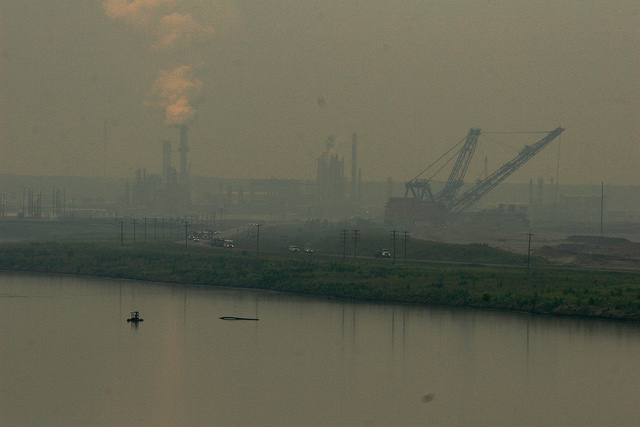An excerpt of this piece first appeared in the Financial Post on March 2, 2017
RE: “They keep saying shutting down coal will make us healthier, so how come there’s no evidence of it?” Feb. 24, by Dr. Warren Kindzierski)
As professionals working on air quality management, it is discouraging to see the type of misinformation and misrepresentations on this important public health issue, such as the piece by Dr. Warren Kindzierski in the Financial Post on February 24. This piece unfortunately ignores the overwhelming scientific evidence linking even low ambient levels of nitrogen dioxide and particulate matter to health effects. Just last year, another Health Canada report was released which estimated that the incremental air quality impacts of on-road diesel emissions in 2015 had a negative incremental health cost of $2.5 billion. While there is some uncertainty regarding the exact magnitude of the health effects of many air contaminants and their numerous sources, there is absolutely no uncertainty that these major air contaminants affect the health of Canadians and bring associated health care costs. To downplay these impacts, as Dr. Kindzierski’s piece does, is irresponsible.
Fortunately, Canada has a National Air Quality Management System (AQMS), established in 2012 by the Harper government to improve air quality and provide better public health and environmental protection. Under this system, the Canadian Ambient Air Quality Standards (CAAQS) were established. The CAAQS are driven by science, not politics: they were developed and implemented under the previous federal government, and because it is based on the best science and most current information on the health and environmental impacts of air pollutants, it continues to enjoy broad government, industry and NGO support.
Under the CAAQS, specific air zones are given a colour-coded management designation that represents how much of a specific pollutant has been measured in a region and the air quality management actions, if any, to be undertaken. A region designated as ‘green’ for a specific pollutant has low or background level of that pollutant and requires only standard air pollution controls (i.e., normal air pollution controls required for existing and new industrial facilities, basic air quality monitoring and reporting, and public education on the goal to keep clean areas clean). If pollution levels increase into ‘yellow’, ‘orange’, or ‘red’ management levels, the intensity of active air zone management is expected to also increase. The required action at the different management levels is outlined in the Guidance Document which again is publicly available. Every province is subject to the same requirements and each pollutant level has specific steps that must be followed by provinces in developing a management plan. The plans required — based on the Alberta air zones reporting for 2011-2013 — are currently under development and when implemented should help improve the air quality in the province, to the benefit of all Albertans.
The Canadian ambient air quality standards are developed through a process involving a working group of industry and NGO representatives, with support from federal, territorial and provincial staff. The working group recommends a standard to government, and to date all the industry and NGO members have agreed to the group’s recommendations, with the standard ultimately adopted by government. The process is collaborative and attempts to ensure that all interests are considered. This means that the levels established are not always fully protective of public health but will result in better air quality and improved health as well as being practical and implementable.
The system is deliberately designed to ensure that governments take the proactive steps necessary to avoid dangerous pollution levels. We need only look around the world for examples of where governments have been negligent in the proactive management of air quality to see how vital these policies are for protecting the public interest. The CAAQS are specifically designed to ensure that we proactively manage air quality and protect public health by preventing air quality deterioration and improving air quality to the extent possible. Canadians should be proud of — and more importantly have confidence in — their national air quality management system.






